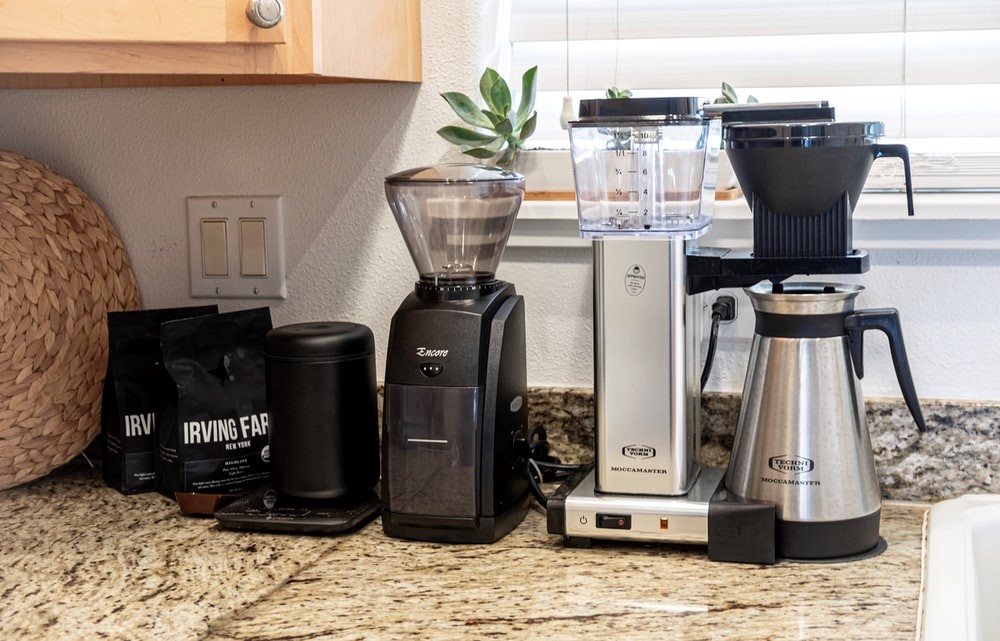
With the issue of ‘right-to-repair’ gaining traction amongst US citizens across the country, more and more are interested in gaining the knowledge necessary to maintain their appliances and electronics. Repairs can be difficult to tackle without a basic understanding of repair processes and safety, but unbeknownst to many Americans, many appliance issues are much simpler than poking around with a soldering iron. The following issues in common household appliances are often as simple as replacing a single part – and this piece will demonstrate how.
Table of Contents
A Note on Electrical Safety
Mains electricity can be fatal if encountered incorrectly – the 120V provided is enough to defeat the natural resistance of your body, giving dangerous currents a means to shock vital organs. Current is not supplied, but rather drawn – and the slightest increase in current can prove life-threatening if given passage through your body. When working with electronics, ensure they are not plugged into the mains while you work.
Larger white goods require a lot of electricity to work, and their internal electronics will reflect that. Power supply sections treat and regulate incoming power, converting it to the kind of electricity the appliance itself needs to operate; bridge rectifiers convert the incoming AC into a stable DC, while capacitors smooth out the DC power, decouple the power section from the rest of the circuit and store energy for short-term emergency power in the event of an energy outage. The capacitors in a power supply section are especially dangerous, and you should not interact with a power supply circuit unless you know exactly what you are doing. These capacitors can hold fatal amounts of charge for a long time, and accidentally brushing a terminal while touching the chassis could kill you.
Electromechanical Appliances
Electromechanical appliances are any which require a motor to perform their function; washers and dryers are the most common kind of electromechanical appliance in the home. These appliances also have heating elements, but fixing these is covered in a later section. If the drum in your washer or dryer is no longer spinning, there are three possibilities: the band connecting the drum to the motor is no longer connected, no power is being supplied to the motor or the motor itself is burned out. The first is easy to verify and fix by simply removing a cover plate. The second is more complicated to verify, but can be done by checking voltage and current are present at the motor. If not, there may be an issue with your power supply; either replace your fuses, or look for evidence of burned-out components. You may need to replace your bridge rectifier, or a coupling capacitor. The motor is least likely to be the issue, but easiest to replace in the event it has burned out – often only secured by screwdrivers, and plugged in with wire connectors.
Electric Heating Appliances
Electric heating appliances, whether ovens, stovetops, heaters or radiators, all use an ‘element’ to produce heat. This is a material with high internal resistance, causing electrical energy to dissipate as heat. Any issues whereby no heat is produced by an electric stove, oven or radiator will be due to the state of this element, or the method by which it is powered. Often the culprit is the wire connection to the element, with a simple fix of snipping off the end of the wire, re-attaching the connector to fresh wire and plugging it back in. Test if an element is burned out by using a multimeter to measure continuity, then resistance – no continuity or low resistance mean a bad element. These are also simple to replace – simple disconnect, unscrew its brackets and swap in a new element.
Gas Appliances
Ovens and stovetops are frequently gas-powered, as well as some radiators. These are simply constructed and easy to fix by yourself. The most common issue you will come across is actually in relation to the ignition spark pilot, which ignites the gas to produce heat. These are easier to replace wholesale than to repair individually, but sometimes the issue can simply be a disconnected wire. More common are glow coil igniters at the back of your oven, which also regulate supply via a gas valve. These are also easy to replace, by accessing them from under the burner cover at the bottom of your oven.